s.m.a.r.t. at homeGo Play Outside – It builds a better brain! In a world dominated by television, computers, and video games, children are spending more time indoors, sitting down, and staring at video screens than ever before. At the same time, more children are being diagnosed with learning challenges and developmental delays. Playing outside exposes kids to the natural elements, boosts their immune systems, enhances brain development, and greatly contributes to their overall health and well-being. Find a fun outdoor activity that makes your child happy!
0 Comments
Ideas for 3s, 4s, and 5s Ideas for K-2nd graders
For children of all ages We love the idea of laying on their tummy and letting them draw whatever they desire. For more ideas using sidewalk chalk as well as other ways to be S.M.A.R.T. outside check out our S.M.A.R.T. Outdoors board on Pinterest!
You’re a S.M.A.R.T. Teacher! No, really, you ARE! It’s nearly the end of the school year, and you have accomplished so much. Much more than you are giving yourself credit for. We all benefit from acknowledgment and praise, so now’s a good time to pump up your students by praising their efforts and growth in S.M.A.R.T. Why not convey these messages as secret messages in the Slap/Creep Track? Please print and use these positive affirmations in your Slap/Creep Tracks as the end of the year closes in.
Remember…..YOU are a S.M.A.R.T. teacher, too. Download: Slap Track Affirmation Cards (pdf) Amazing weather and a love for movement fueled one teacher’s desire to bring S.M.A.R.T. learning outside the classroom. Because students strongly desired to play on the equipment, two S.M.A.R.T. teachers, Jessica and Briana, incorporated the structures into an “obstacle course” full of vestibular, proprioceptive, vision, and balance inputs.
With a class of nearly 20, the first few minutes were spent trying out the activities. Then, the class was split into three groups. One group at a time would go through the course doing 3 S.M.A.R.T. Laps while the rest enjoyed some free play. Do you have slides, swings, a merry-go-round, or a climbing structure on your playground? Take a moment to watch your kids at play one day and see how many times you see S.M.A.R.T. inputs happening in a natural setting. one s.m.a.r.t. teacherYou likely have a great S.M.A.R.T. rhythm going in your classroom. You may be looking for new and creative ways to incorporate vision activities. Are you struggling to find a place to hang Tactile Trackers or Wagon Wheels in your S.M.A.R.T. space? One S.M.A.R.T. teacher, Molly from Sibley East, found a creative location.
During a S.M.A.R.T. mentoring visit, Molly inquired about hanging visual pursuits below her whiteboard and having students sit while doing the activity. We observed this and found it to be a fantastic option. Not only is it an excellent use of real estate in your classroom, but sitting provides a bigger base of balance while doing this activity, helping to isolate eye movements, potentially giving students an opportunity for better results. Do you have any lower wall space available? We hope you give this a try. Supporting your child's reading development at home is likely a high priority. Whether your child(ren) is strong in reading or still progressing, all children benefit from eye movement exercises. To encourage and engage your child in vision activities, try making a few of these mazes. Draw simple outlines on a piece of paper. Add some academic content that is age-appropriate for your child.* Hang the mazes at eye level on the refrigerator with magnets. Encourage your child to cover one eye and trace the maze with their finger slowly. This causes the eye to track the finger from the start of the maze to the end with smooth eye movements. Repeat that step, but cover the other eye this time. Finally, trace it a third time without covering either eye, slowly tracking their finger from start to finish. Here are some academic type ideas for your maze:
In Kasson-Mantorville, students celebrated spring by slapping cards, prompting them to say “green grass.” One pocket contained a large green square, and the other contained a Ziploc bag of green Easter grass, which can be found in local dollar stores, Walmart, or Target. Creeping and crawling are key developmental movements that help to solidify the foundational skills students need for academic success. We love seeing how each school offers variations to these vital activities, keeping students engaged in the movement.
Spring is in the air! We know this time of year is a very busy one for educators. There are so many things happening as we begin to think about what we need to accomplish before closing out the school year. The promise of green grass, blooming flowers, and vibrant rainbows has inspired us to create some vision activities you can print and put into use immediately.
Our springtime Overs and Unders (S.M.A.R.T. PreK) and X and O (S.M.A.R.T. Elementary) are a great way to work on eye movements and can be easily used when slipped into page protectors. They can be used with dry erase markers as a visual motor activity at a center. Remember to have your students cover one eye to trace the first line, cover the other eye to trace the second line, and finally trace the last line without covering either eye. ONE S.M.A.R.T. SCHOOL
The following summer, trainers of the S.M.A.R.T. program went to Delaware to provide training to the entire staff, laying the foundation for a successful implementation. Be sure to “meet” the Delaware team that started it all at the end of this article!
The room utilizes every inch of space for intentional movement. The small classroom space holds ten movement activities for students set out in a side by side winding layout so that students can move constantly. The stations are numbered and labeled with tape large enough for students to identify quickly as they enter the room and are given the number where they start. Laminated Learning Ladders are focused on math content that correlates to the learning standards they are working on. Both sides of the Learning Ladders contain content, making it easy to switch content just by turning the Ladder around after a week. The well used Slap Track got a clever “upgrade” using just a mat and some packing tape. High frequency words were printed out and taped to the mat. As long as you pull up the words and tape at least every two weeks, the words should be adhered to the mat nicely. This makes for an easy wipe down of the mats too! Curious if a S.M.A.R.T. workshop would be just as inspiring to your school? Here’s what the team from JMC had to say… Calling all creative S.M.A.R.T. educators!! Enter a drawing to win S.M.A.R.T. posters! Are you ready to transform an empty classroom into a dynamic S.M.A.R.T. room that boasts intentional movement, happy, active students, and sensory stimulation that impacts academics? Here's your chance to unleash your creativity and contribute ideas that will turn a new space into an active space! John M Clayton Elementary has a busy and thriving S.M.A.R.T. room for their kinder and 1st grade students. They are in the process of stocking a second motor room specifically for second grade and up.
|
AuthorSCheryl Smythe Archives
May 2024
|


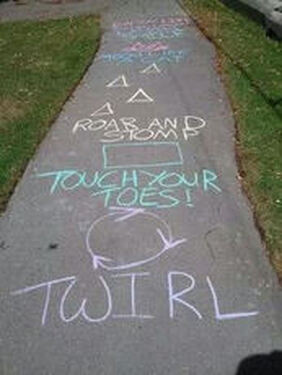
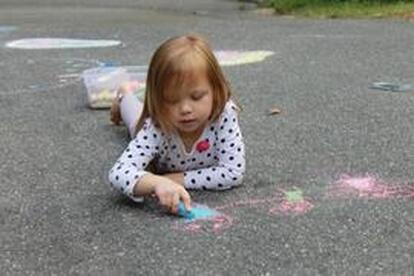

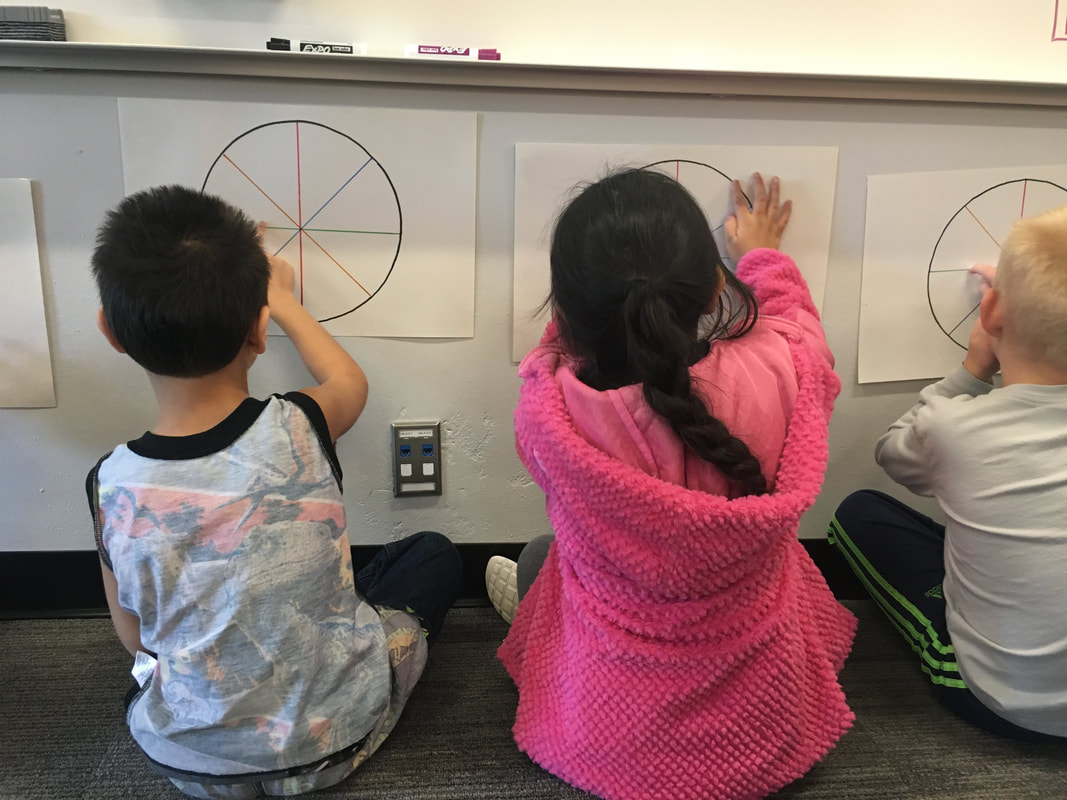


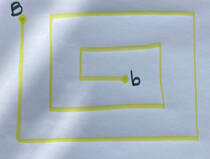
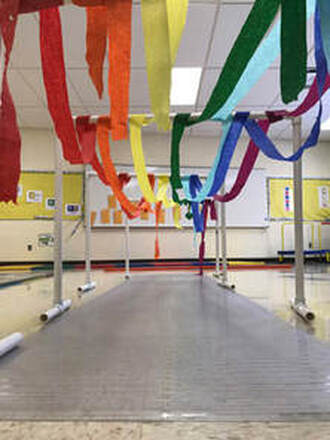
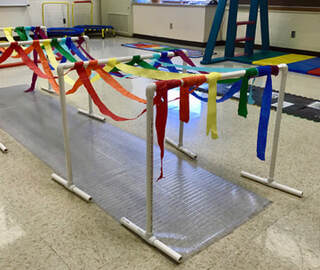
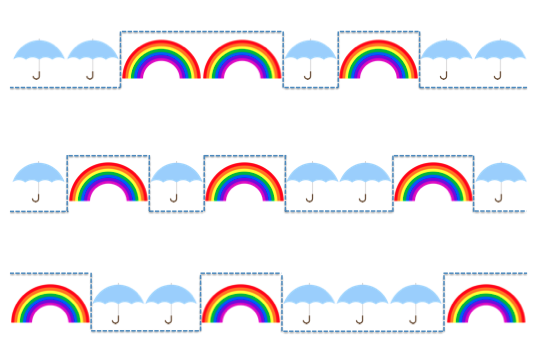
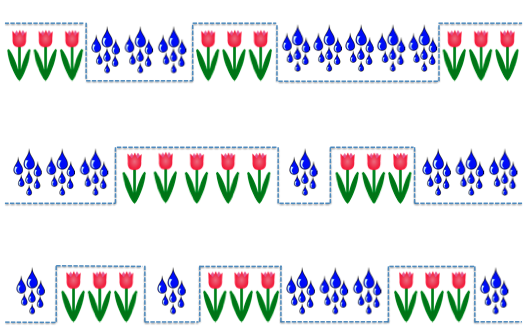
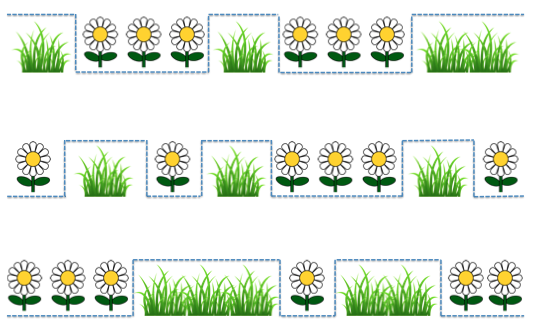
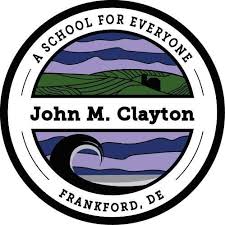
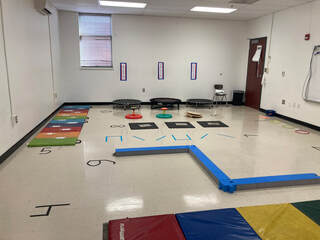

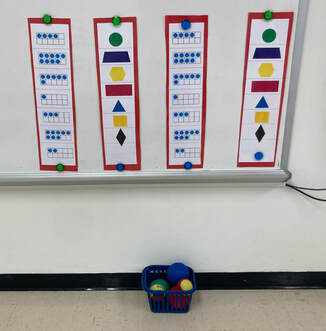
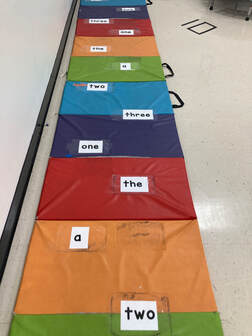

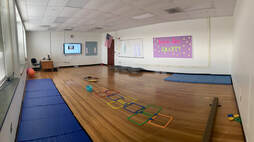
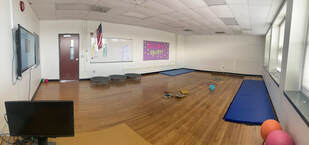
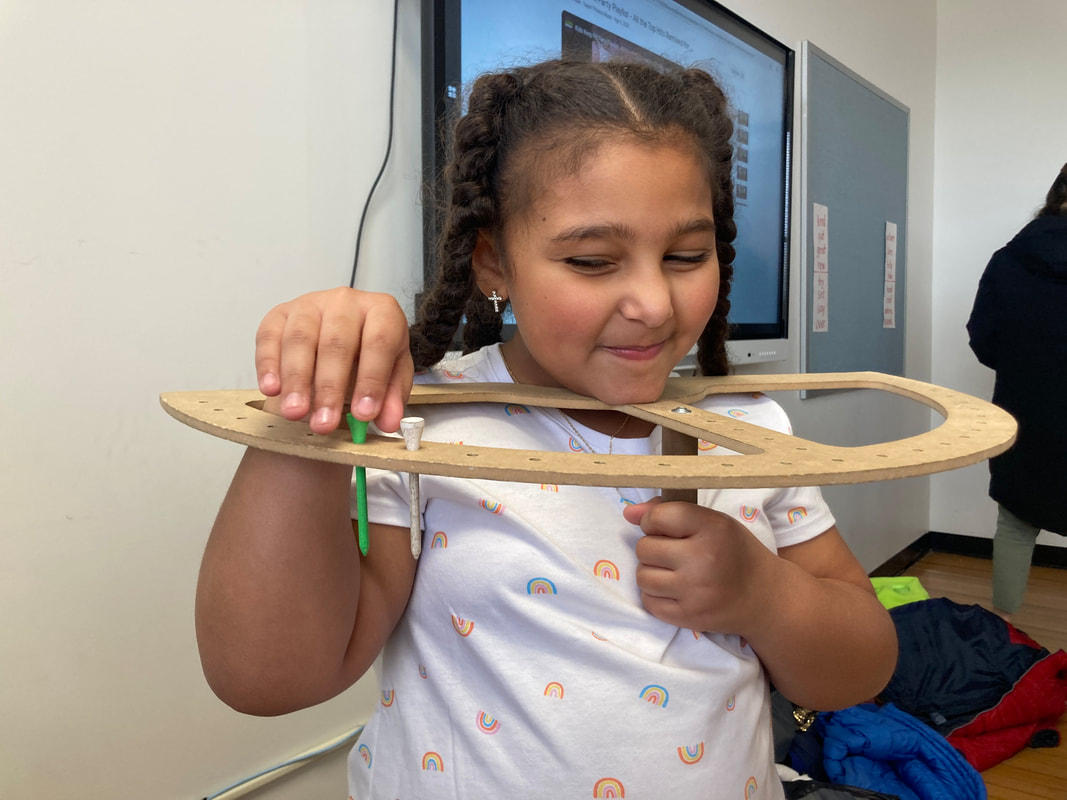
 RSS Feed
RSS Feed